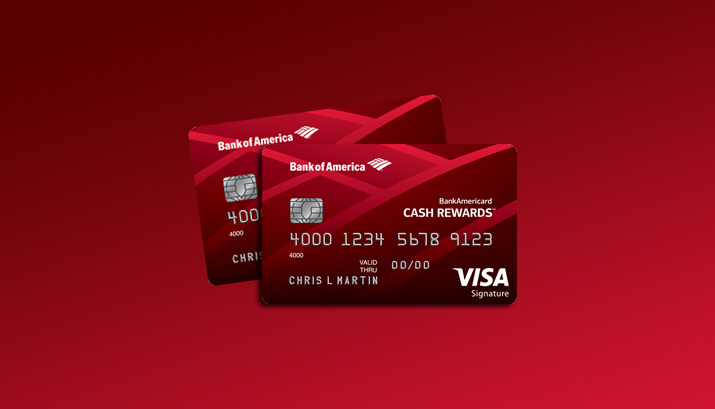Getting out of credit card debt can be a challenging but achievable goal. Here are some strategies that can help you effectively manage and eliminate your credit card debt:
- Assess Your Debt: Start by gathering all your credit card statements and assessing the total amount of debt you owe. Make a list of each credit card, including the outstanding balance, interest rates, and minimum monthly payments.
- Create a Budget: Develop a realistic budget that prioritizes debt repayment. Identify areas where you can cut back on expenses to free up more money for debt payments. Consider reducing discretionary spending, such as dining out or entertainment, until you have paid off your credit card debt.
- Pay More Than the Minimum: Paying only the minimum amount due each month can prolong your debt repayment and result in high interest charges. Aim to pay more than the minimum payment whenever possible. Allocate additional funds toward the credit card with the highest interest rate first while maintaining minimum payments on other cards.
- Prioritize High-Interest Debts: If you have multiple credit cards, focus on paying off the ones with the highest interest rates first. By tackling the most expensive debt, you can save money on interest charges and gain momentum in your debt repayment journey.
- Consider Balance Transfers or Debt Consolidation: Explore the option of transferring high-interest credit card balances to a card with a lower interest rate. This can help consolidate your debt and save money on interest charges. However, be mindful of balance transfer fees and the introductory period for the lower interest rate.
- Negotiate with Credit Card Companies: Contact your credit card companies and inquire about potential interest rate reductions or hardship programs. Some issuers may be willing to work with you to lower your interest rates or set up a more manageable repayment plan.
- Explore Debt Repayment Strategies: There are different approaches to debt repayment, such as the debt snowball or debt avalanche methods. The debt snowball method involves paying off the smallest debt first, while the debt avalanche method focuses on paying off the debt with the highest interest rate. Choose a strategy that aligns with your financial situation and motivates you to stay committed.
- Avoid Taking on More Debt: To effectively get out of credit card debt, it’s important to resist the temptation of accumulating more debt. Put your credit cards away or consider leaving them at home to avoid impulsive purchases. If necessary, seek financial counseling to develop healthy money management habits.
- Increase Your Income: Look for ways to boost your income, such as taking on a part-time job, freelancing, or selling unused items. The additional income can be directed towards your debt repayment efforts, helping you accelerate the process.
- Seek Professional Assistance: If you are overwhelmed by your credit card debt and struggling to make progress, consider seeking professional help from credit counseling agencies or debt management companies. They can provide guidance, negotiate with creditors on your behalf, and develop a structured repayment plan.
Remember, getting out of credit card debt requires discipline, patience, and consistent effort. Stay focused on your goal, track your progress, and celebrate milestones along the way. With dedication and smart financial strategies, you can regain control of your finances and achieve a debt-free future.



